Welcome to the PerGeos Use Case Gallery
Below you will find a collection of use cases using PerGeos Software. Based on the technology of its predecessor Avizo Software, PerGeos is a robust software platform for visualizing, processing, and analyzing 2D and 3D digital rock image data.
These use cases include scientific publications, articles, papers, posters, presentations or even videos that show how PerGeos is used to address various scientific and industrial research topics.
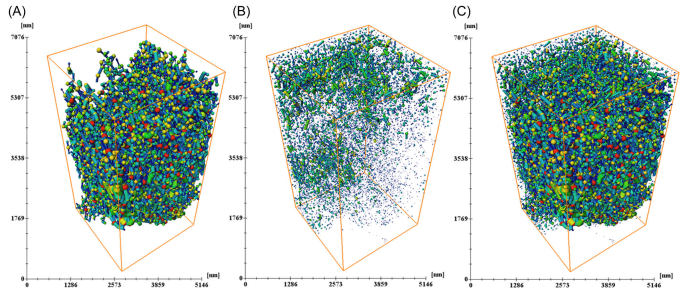
Knowledge of shale pore structure characteristics is crucial to understand gas
storage and seepage mechanisms. Organic matter (OM) pores are considered
the most important pore type in shale, and one of the currently significant
research questions focuses on the spatial distribution and connectivity of OM
pores. To answer this question, typical OM‐rich siliceous shale samples from
the Lower Silurian Longmaxi Formation were comprehensively investigated
usin... Read more
Hui D, Zhang Y, Hu Y, et al.
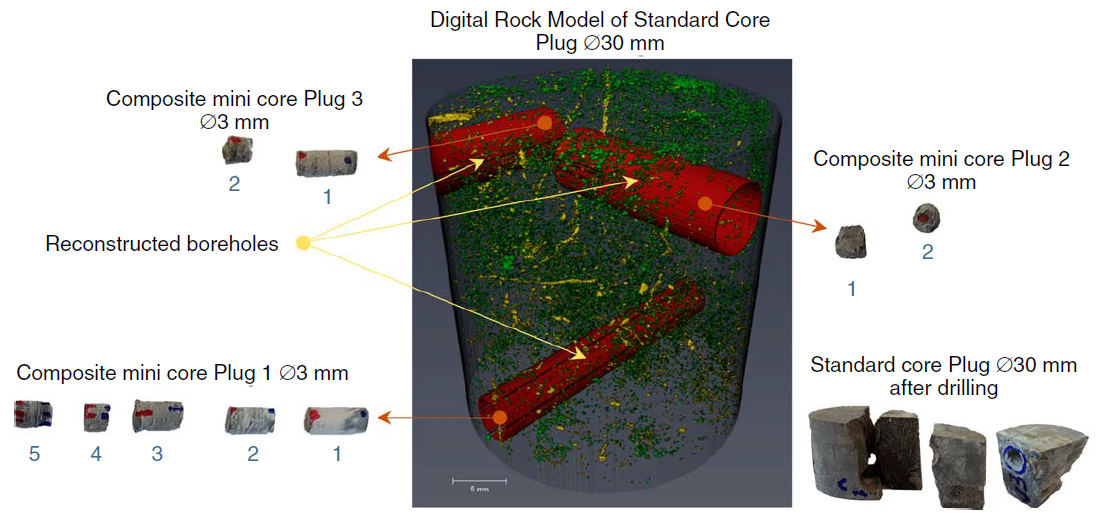
The task of reliable characterization of complex reservoirs is tightly coupled to studying their microstructure at a variety of scales, which requires a departure from traditional petrophysical approaches and delving into the world of nanoscale. A promising method of representatively retaining a large volume of a rock sample while achieving nanoscale resolution is based on multiscale digital rock technology. The smallest scale of this approach is often realized in the form of working with sev... Read more
Andrey Kazak - Svyatoslav Chugunov - Anatolii Chashkov
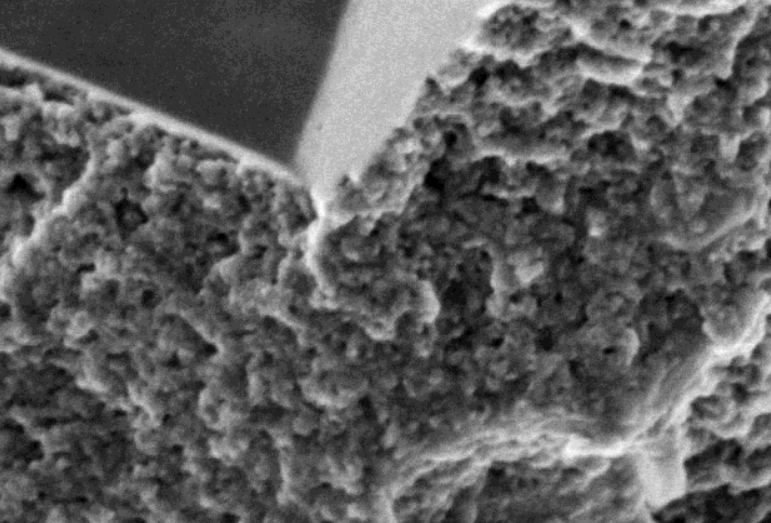
Optimization of production from shale reservoirs requires understanding of rock properties over a range of scales.
Multiple imaging techniques can be combined to determine the nature, connectivity, and wettability of nano-scale pore systems as well as the underlying mineralogy and organic textures that control reservoir behavior and the propensity of the matrix to fail and to contain expulsion cracks. The current study demonstrates new capabilities in integrated multiscale and time-res... Read more
Andrew Fogden, Alession Arena, Christopher Zhang, Ryan T. Armstrong
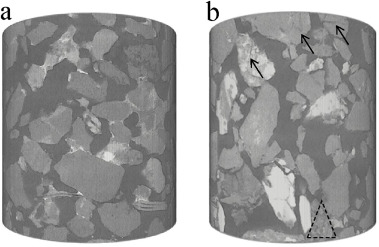
This study investigated the influence of compaction on the variation mechanism of petrophysical properties and the relative permeability of unconsolidated sandstone.
Firstly, triaxial mechanical experiments, CT scans, and mercury injection experiments were performed to analyze the microstructural characteristics and the macroscopic mechanism of changes in the petrophysical characteristics under different pressure. Secondly, a modified permeability test approach was adopted on reservoir... Read more
Yu Xiong, Hongguang Xu, Yongqing Wang, Wensheng Zhou, Ling Wang, Kai Feng
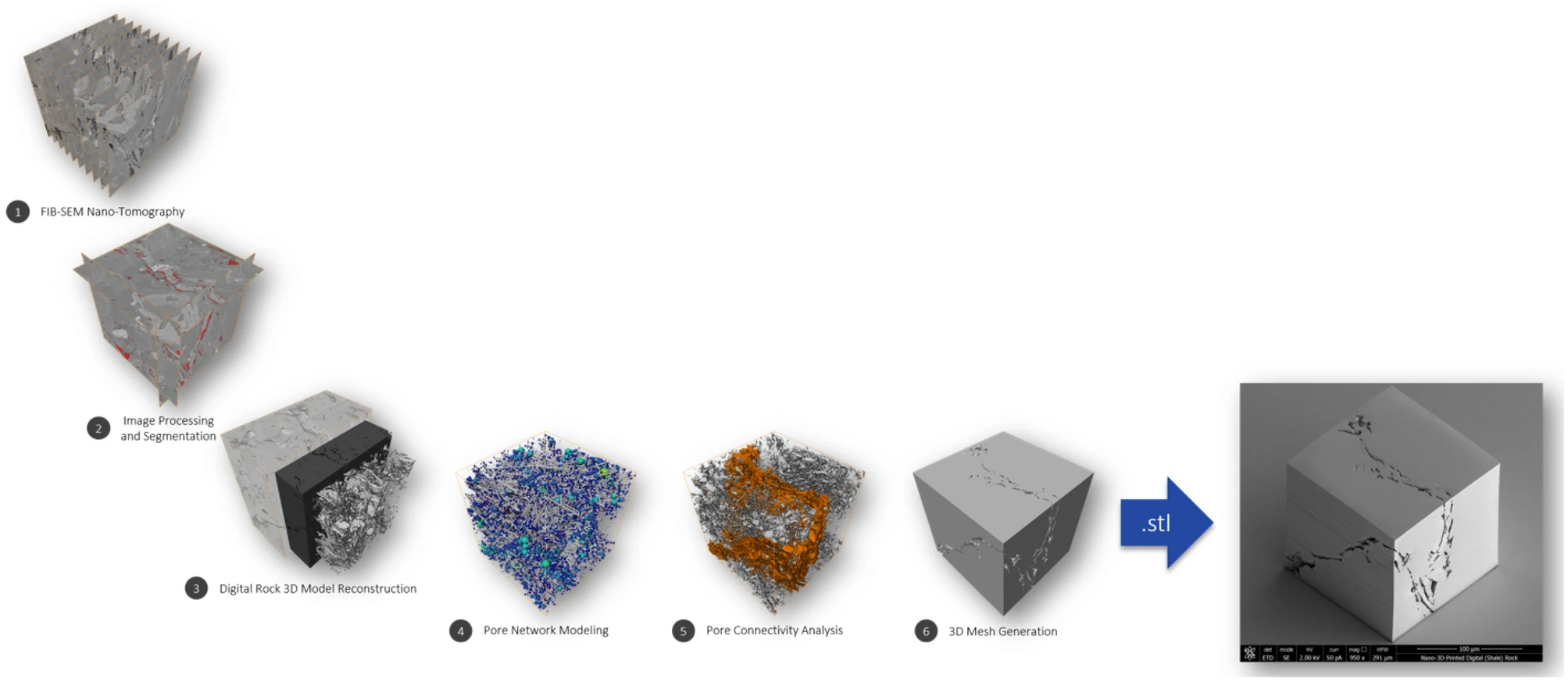
Advances in imaging have made it possible to view nanometer and sub-nanometer structures that are either synthesized or that occur naturally. It is believed that fluid dynamic and thermodynamic behavior differ significantly at these scales from the bulk. From a materials perspective, it is important to be able to create complex structures at the nanometer scale, reproducibly, so that the fluid behavior may be studied. New advances in nanoscale-resolution 3D-printing offer opportunities to ach... Read more
Jan Goral & Milind Deo
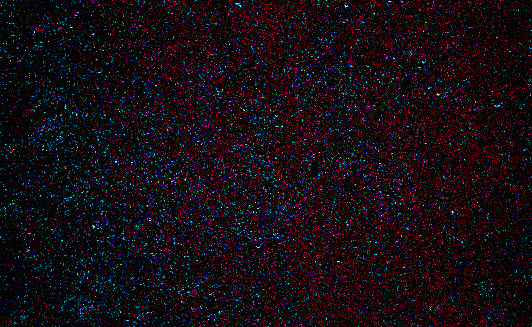
Major advance in well bore analysis with CT inspection
Premier, COREX has been providing core analytical services to the oil and gas industry for more than 30 years. Within the last decade it has augmented its rock core investigations by sending samples for analysis approximately every week to Nikon Metrology’s centre of excellence for micro-focus computed tomography (micro-CT) in Tring, Hertfordshire.
Drilling for oil or gas is an expensive business, whether offshore or on land, so it is essential for E&P (exploration and producti... Read more
Nikon
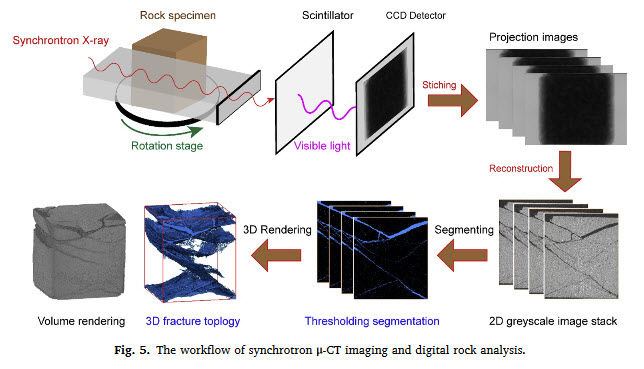
Dynamic strength and failure modes of sandstone under biaxial compression
Geomaterials are increasingly being subjected to the quasi-static confinements and dynamic loadings, and thus it is critical to characterise dynamic behaviour under the coupled static-dynamic loading conditions. In this study, a series of dynamic biaxial compression tests was performed on cubic specimens of sandstone by using a triaxial Hopkinson bar system, high-speed three-dimensional digital image correlation (3D-DIC) and synchrotron-based micro-computed-tomography (μCT).
Read more
K. Liua, J. Zhaoa, G. Wua, A. Maksimenkob, A. Haquea, Q.B. Zhang
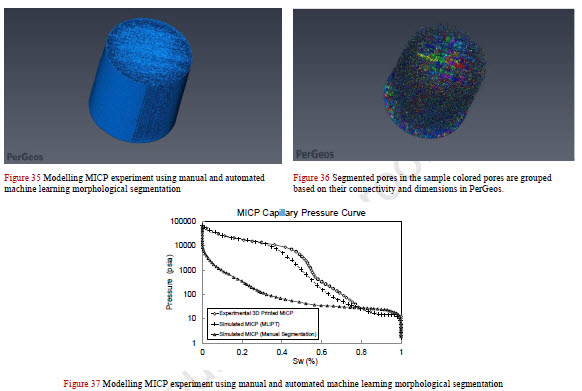
Experimental Investigation of 3D Printed Rock Samples Replicas
Laboratory Experiments on rock specimens are designed for understanding and characterizing subsurface environment, quantifying potential recovery, and tuning fluid flow models in porous media. The spatial variability and reservoirs’ heterogeneities predicate acquiring expensive cores from different locations. These experiments are mechanically and petrophysically destructive and cannot be repeated or extended on the same core. Replicating core samples with 3D-printing technology innovation ... Read more
Ahmed G.Almetwally, H.Jabbari
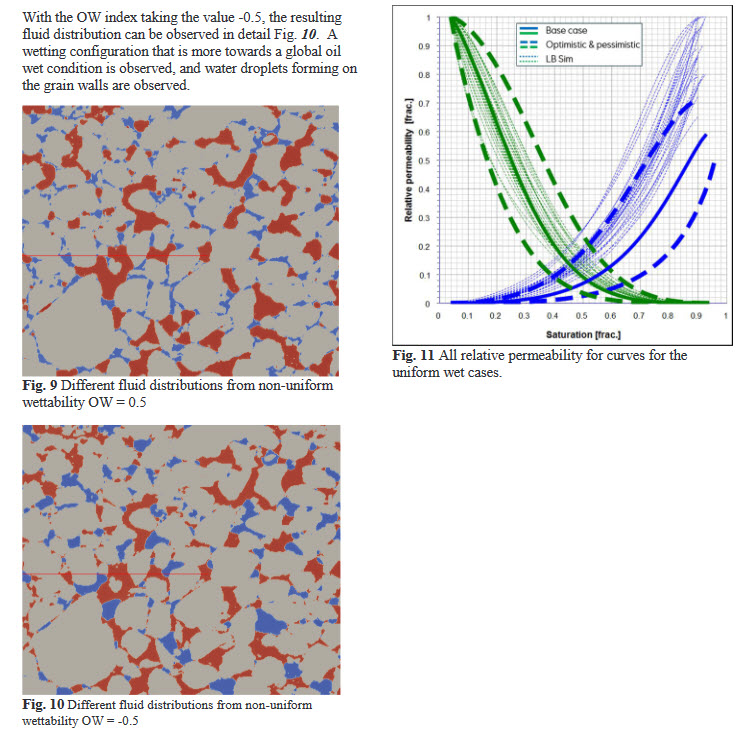
Relative permeability and capillary pressure are key properties within special core analysis and provide crucial information for full field simulation models. These properties are traditionally obtained by multi-phase flow experiments, however pore scale modelling has during the last decade shown to add significant information as well as being less time-consuming to obtain. Pore scale modelling has been performed by using the lattice-Boltzmann method directly on the digital rock models obtain... Read more
ThomasRamstad, Anders Kristoffersen, and EinarEbeltoft
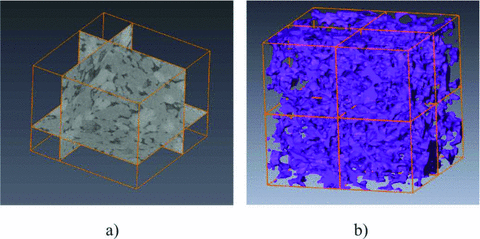
Computational elastic upscaling of sandstone on the basis of X‐ray micro‐tomographic images
Up‐scaling the elastic properties of digitized rock volumes as obtained from X‐ray computer tomography (CT) imaging via computer simulations has the potential to assist and complement laboratory measurements.
This computational up‐scaling approach remains a challenging task as the overall elastic properties are not only dependent on the elastic properties of individual grains but also on the hardly resolvable pore spaces between adjacent grains such as micro‐cracks. We develop ... Read more
Valeriya Shulakova, Marina Pervukhina, Tobias M. Müller, Maxim Lebedev, Sherry Mayo, Susanne Schmid, Pavel Golodoniuc, Osni Bastos De Paula, Michael B. Clennell, Boris Gurevich
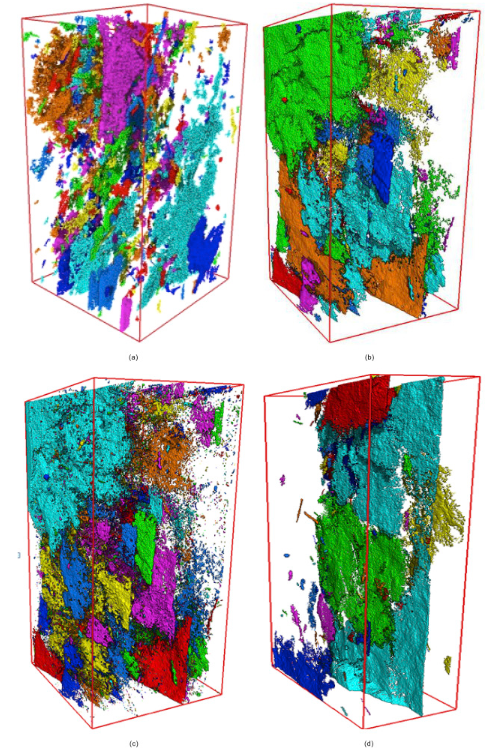
Three-dimensional characterization of micro-fractures in shale reservoir rocks
Fractures are crucial for unconventional hydrocarbon exploitation, but it is difficult to accurately observe the 3D spatial distribution characteristics of fractures. Microtomography (micro-CT) technology makes it possible to observe the 3D structures of fractures at micro-scale. In this study, micron-CT scanning is conducted on multiple mud-shale samples of source rocks in the Permian Lucaogou Formation, Junggar Basin. The Avizo software is applied to process and segment the micron-CT images... Read more
Chao Qi, Xiaoqi Wang, Wei Wang, Jie Liu, Jincai Tuo, Keyu Liu
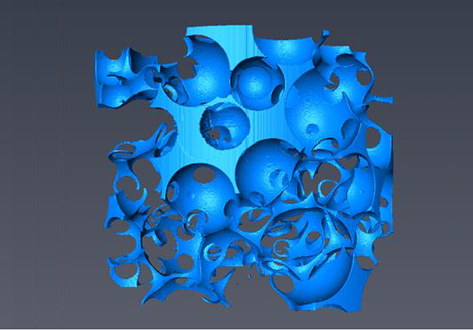
In this study, we examined the relationship between capillary pressure, saturation, and interfacial area for a three-phase flow system. Using x-ray microtomography we were able to capture high-resolution three-dimensional images of the flow system, from which the saturation, interfacial area, and capillary pressure were determined.
Multi-phase flow in porous media includes many instances of subsurface flow. Three-phase flow in particular is important in situations of enhanced oil recov... Read more
Rebecca Paustian

Accurate monitoring of multiphase displacement processes is essential for the development, validation and benchmarking of numerical models used for reservoir simulation and for asset characterization.
Here we demonstrate the first application of a chemically-selective 3D magnetic resonance imaging (MRI) technique which provides high-temporal resolution, quantitative, spatially resolved information of oil and water saturations during a dynamic imbibition core flood experiment in an Esta... Read more
N. P. Ramskill, A. J. Sederman, M. D. Mantle, M. Appel, H. de Jong, L. F. Gladden
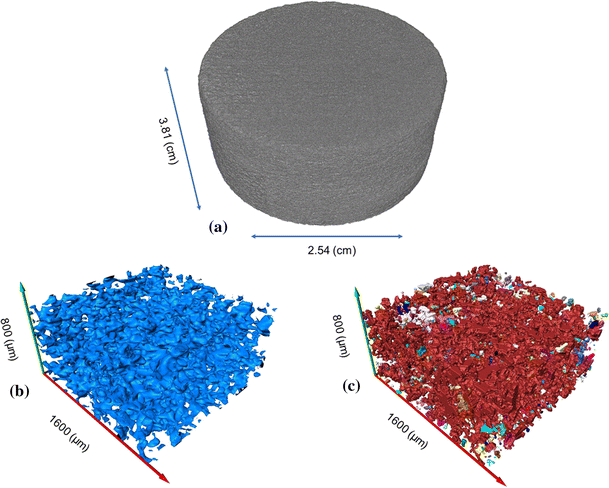
Pore characterization of 3D-printed gypsum rocks: a comprehensive approach
With advancements in additive manufacturing, now 3D-printed core plugs can be duplicated in order to replace natural rock samples. This can help us to control their parameters to be used in different types of experiments for model verifications.
However, prior to such substitutions, we should ensure they can represent natural rock samples through characterizing their physical properties. In this paper, synthetic samples made up of gypsum powder are 3D-printed and then characterized for... Read more
Lingyun Kong, Mehdi Ostadhassan, Chunxiao Li, Naser Tamimi
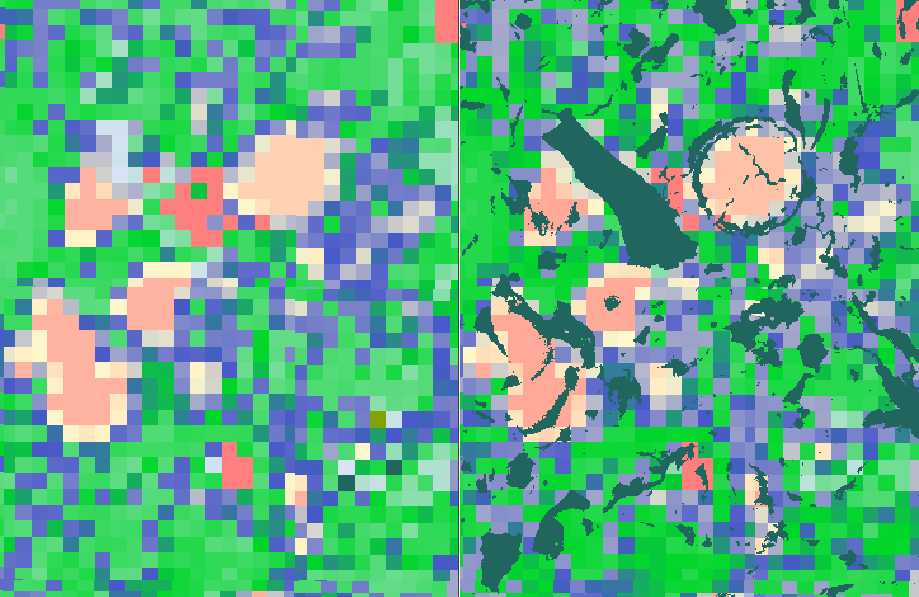
A Bridge With MAPS Mineralogy PerGeos v1.7
With the introduction of the Maps Mineralogy™ software suite, the successor of Qemscan, the technology has evolved, thanks to multiple patents bringing novel methods to acquire mineralogical information from digital rock samples with a modern and user friendly interface.
However, given the hardware technology advances and the emergence of new challenges in reservoir rocks, there is a need to fusion the mineralogical image and the back scattered electron... Read more
Gwenole Tallec - Thermo Fisher Scientific
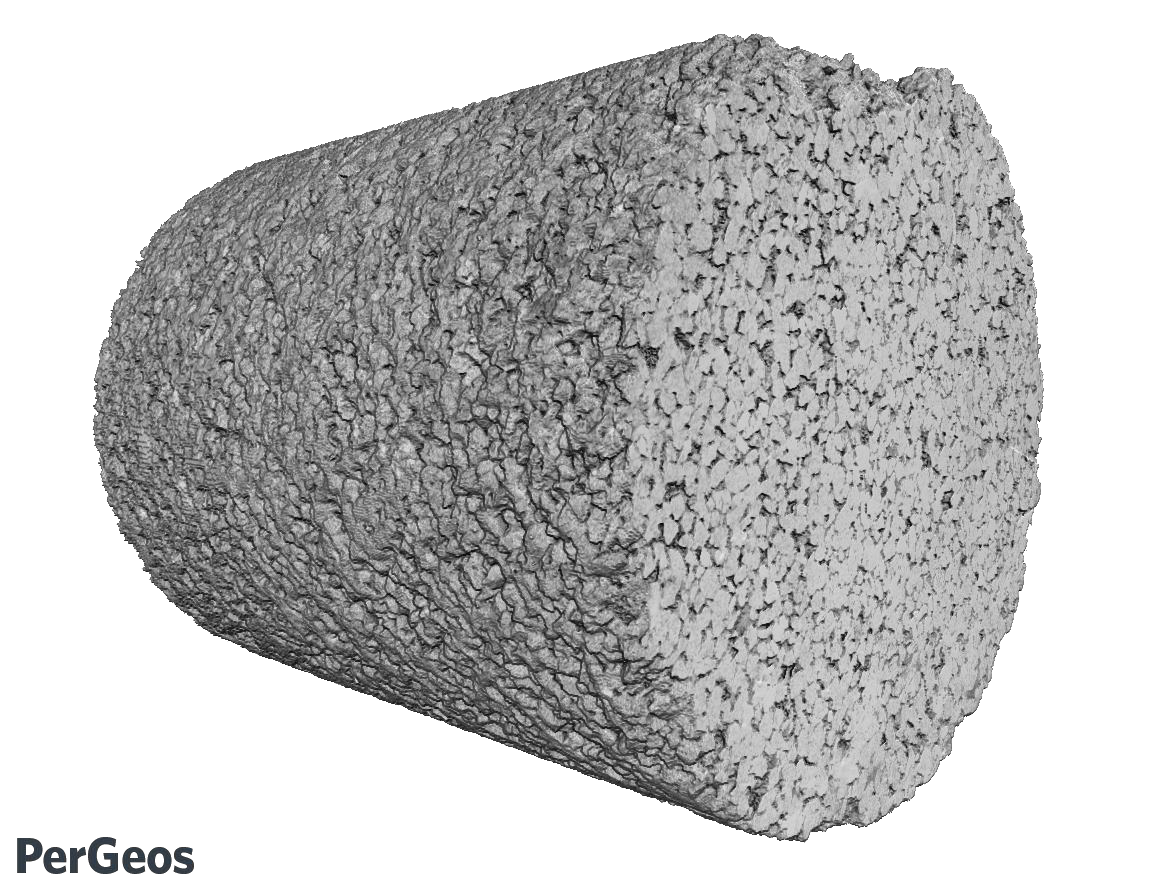
Analyzing Full Micro-CT Image of a Berea Sandstone Mini Plug and the Associated Challenges
X-ray micro-CT imaging is becoming an integral part of rock characterization processes. Large data size, user bias, and accuracy of the results are some of the challenges associated with analyzing micro-CT images of rock samples.
In this article, the PerGeos Digital Rock Analysis software is demonstrated to analyze the full micro-CT dataset of a Berea sandstone mini plug. The analysis is done in blocks using a PerGeos recipe (i.e. a macro) and a block-processing script. The results are... Read more
Arash Aghaei - Thermo Fisher Scientific
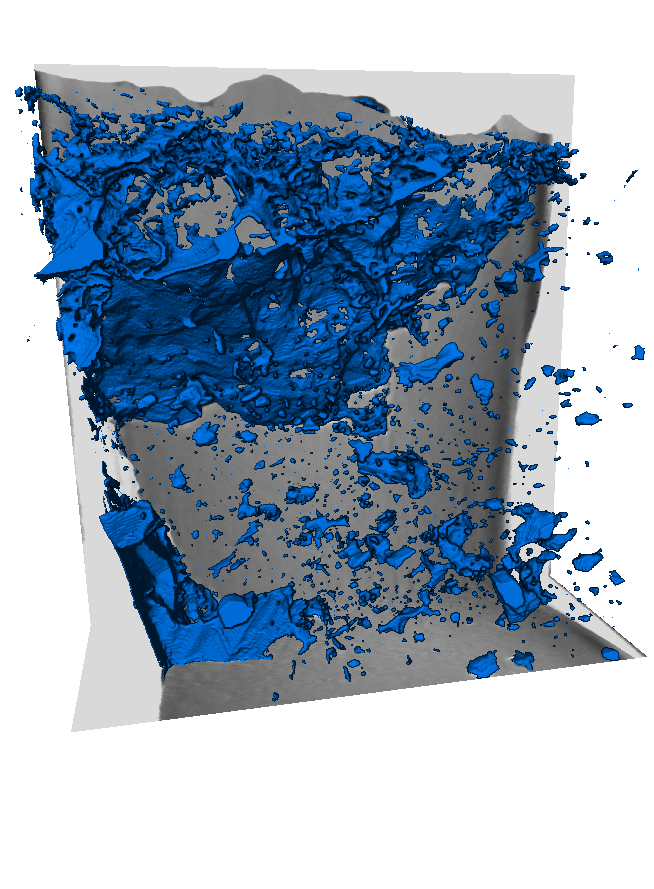
Pore-backs segmentation in PerGeos
Imagery produced from FIBSEMs (Dualbeams) provides users with unique data in terms of resolution and sample size that are not available with other techniques. Despite the power of this analytical approach, some limitations in quantifying the textural data restrict the accuracy of data obtained from FIBSEM images.
These limitations are derived from artifacts that occur during the acquisition of the data. Collecting data using a FIBSEM is a destructive, serial sectioning technique. A thi... Read more
Gwenole Tallec - Thermo Fisher Scientific
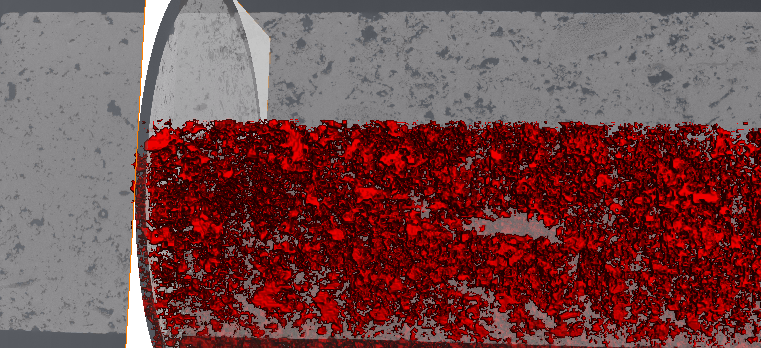
Segmentation tools and workflows in PerGeos
Imagery produced from FIBSEMs (Dualbeams) provides users with unique data in terms of resolution and sample size that are not available with other techniques. Despite the power of this analytical approach, some limitations in quantifying the textural data restrict the accuracy of data obtained from FIBSEM images.
Segmentation typically consists of a complex workflow involving multiple algorithms at multiple steps. Smart denoising and morphological filters are often included in the segm... Read more
Gwenole Tallec - Thermo Fisher Scientific
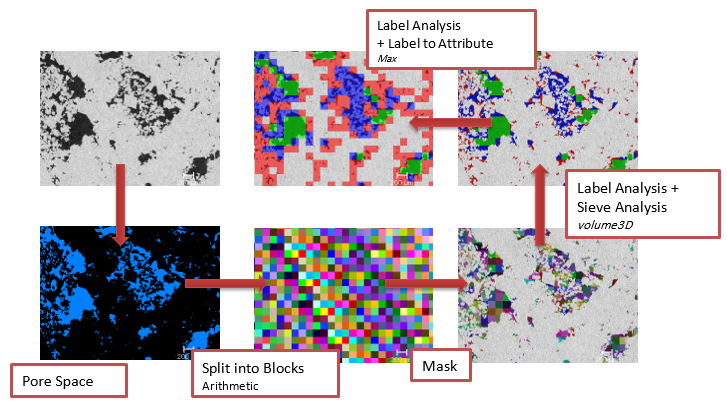
Simple Rock Characterization in PerGeos v1.7
A key benefit to obtaining digital imagery data is the ability to use all parts of the imaged sample for characterization purposes-not just what you have time to explore manually. This is especially the case with large datasets that are created during acquisition of 2D mosaic images or Whole Core CT imagery.
In these cases, a representative area or volume of material has been obtained. The next step will be to extract features, like porosity, for analysis.
But, what else can we ... Read more
Gwenole Tallec - Thermo Fisher Scientific
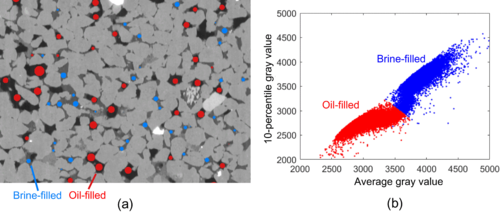
Validation of model predictions of pore-scale fluid distributions during two-phase flow
Pore-scale two-phase flow modeling is an important technology to study a rock’s relative permeability behavior. To investigate if these models are predictive, the calculated pore-scale fluid distributions which determine the relative permeability need to be validated. In this work, we introduce a methodology to quantitatively compare models to experimental fluid distributions in flow experiments visualized with microcomputed tomography.
First, we analyzed five repeated drainage-i... Read more
Tom Bultreys, Qingyang Lin, Ying Gao, Ali Q. Raeini, Ahmed AlRatrout, Branko Bijeljic, and Martin J. Blunt
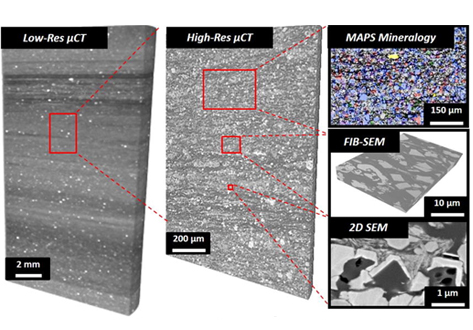
The complexity of unconventional rock systems is expressed both in the compositional variance of the microstructure and the extensive heterogeneity of the pore space. Visualizing and quantifying the microstructure of oil shale before and after pyrolysis permits a more accurate determination of petrophysical properties which are important in modeling hydrocarbon production potential. We characterize the microstructural heterogeneity of oil shale using X-ray micro-tomography (µCT), automated u... Read more
Imperial College London, Tarik Saif, Qingyang Lin, Alan R.Butcher, Branko Bijeljic, Martin J.Blunt